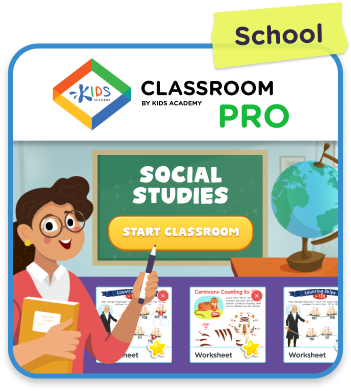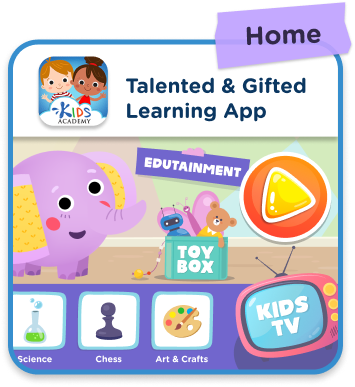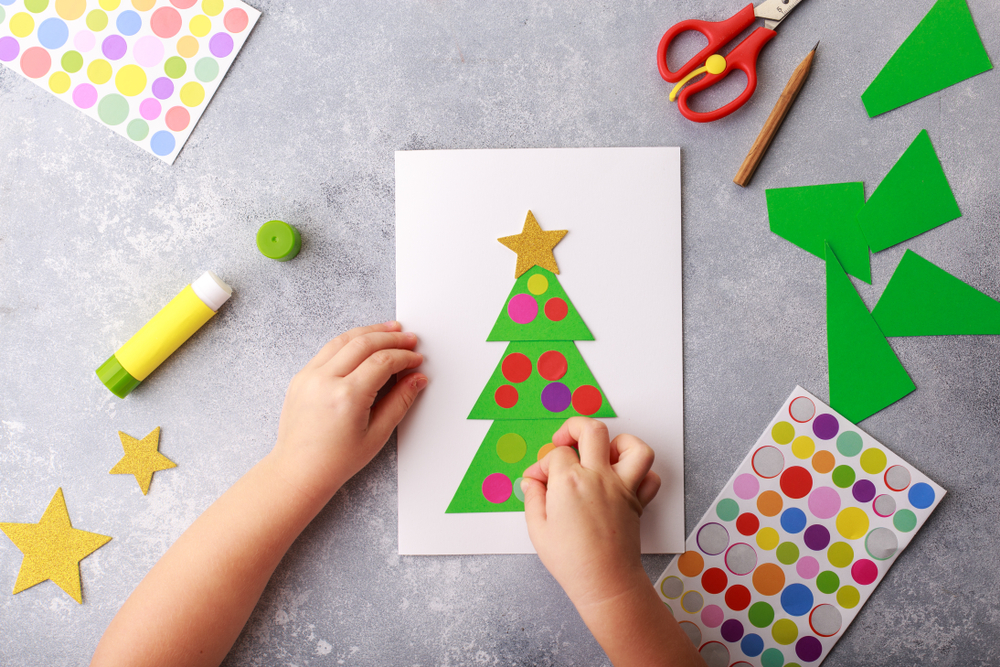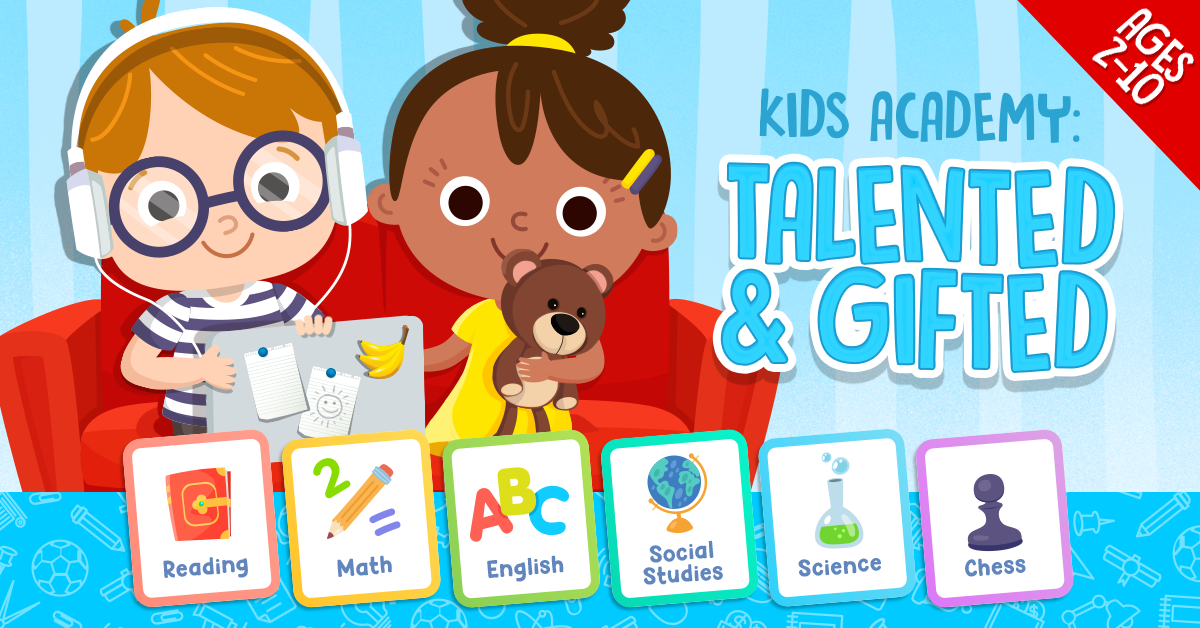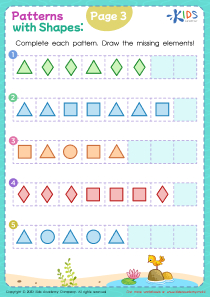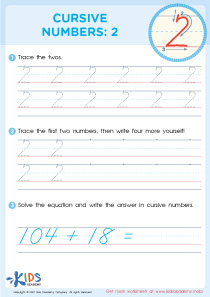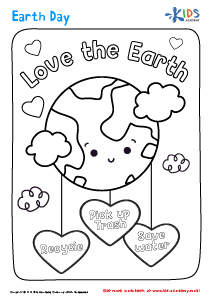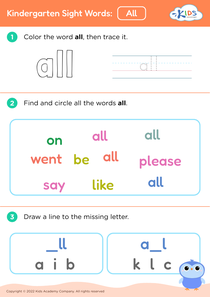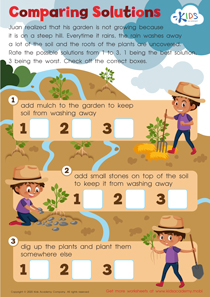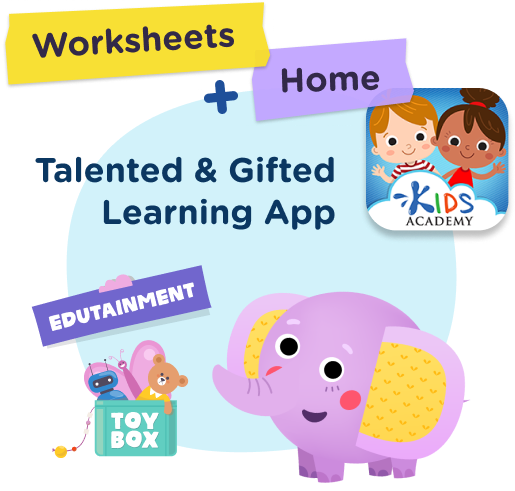Grasping spatial concepts Worksheets for Kids
1 filtered results
-
From - To
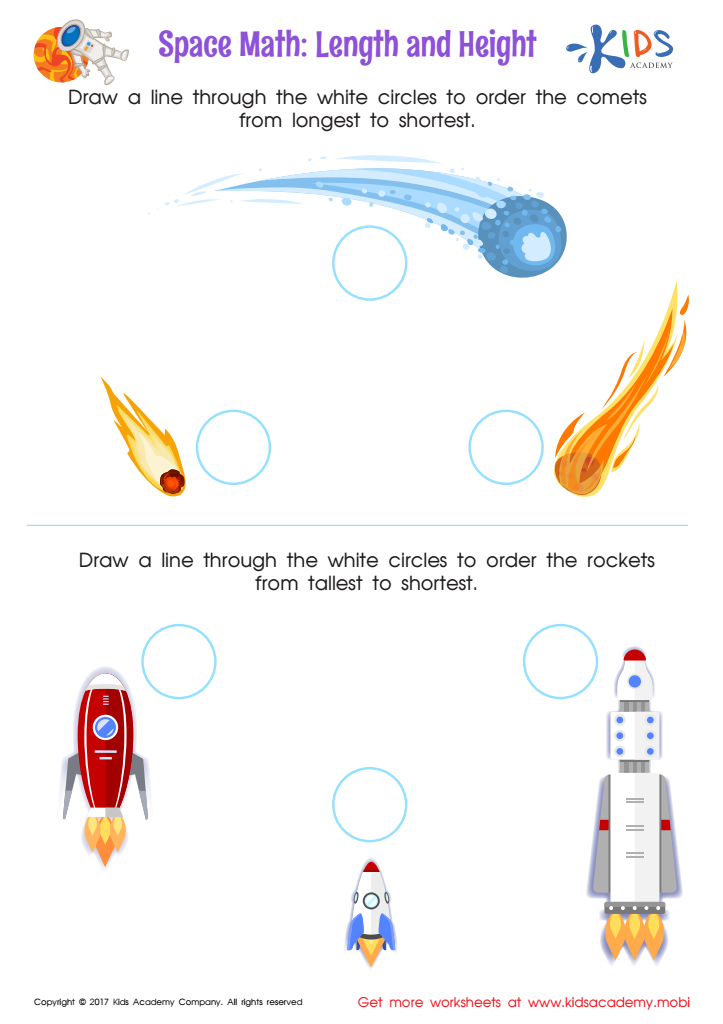

Space Math Worksheet
Question/Answer
How to train the Grasping spatial concepts skill in Grade 1 students learning about Measurement?
To train Grasping spatial concepts in Grade 1 students, engage them in hands-on activities such as building with blocks, drawing shapes, comparing object lengths using non-standard units (e.g., paper clips), and organizing classroom items by size. Incorporate games that require estimating and measuring spaces, and use visual aids to illustrate concepts like big/small, short/tall, and near/far.
Why is the Grasping spatial concepts skill important for Grade 1 students?
Grasping spatial concepts is crucial for Grade 1 students as it forms the foundation for understanding geometry, map skills, and everyday tasks. It aids in developing their ability to visualize and manipulate objects in space, improving problem-solving, critical thinking, and the capacity to comprehend mathematical concepts, which are essential for their academic growth and real-world interactions.
How to test a Grade 1 student’s Grasping spatial concepts skills?
To test a Grade 1 student's grasping of spatial concepts skills, use hands-on activities involving building blocks, puzzles, and sorting games. Ask the student to follow directions using spatial terms like "above," "below," "next to," and "between." Observe their ability to navigate and manipulate objects in space, as well as their understanding of shapes and their attributes.

 Assign to My Students
Assign to My Students
